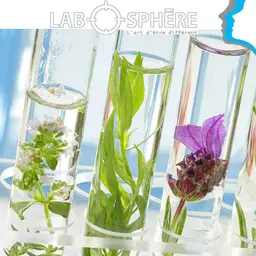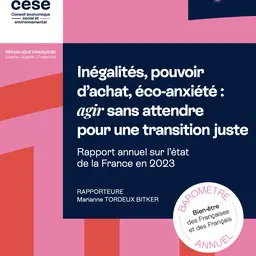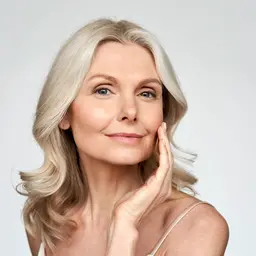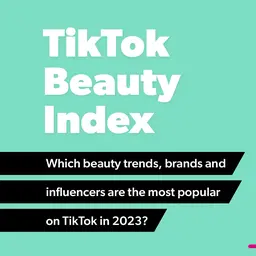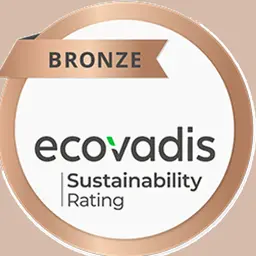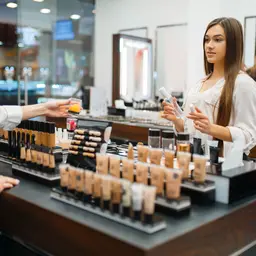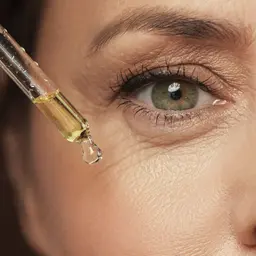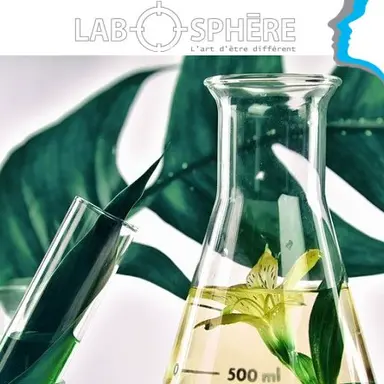
In our first article on naturalness, we felt it was important and above all necessary to reframe the use of the word “natural” or “natural origin”, with the regulatory definitions attached to it. These definitions are understood by professionals in the cosmetic field, but what about the consumer? How does he perceive a “natural” product? What do they expect from it? And faced with these expectations, what are the challenges for the formulator to develop a “natural” product? Explanation by Estelle Dehier, from the Labosphere laboratory.
In a context where the consumer can be easily influenced by the marketing of certain brands playing on a visual or on the creation of a sales universe, it can sometimes be complicated to distinguish between the two.
Consumer perception
According to the IPSOS 2018 survey, a “natural” product in the language of the consumer means :
• A product with no artificial ingredients, with the association to “organic” being restricted to those under the age of 35
• An unprocessed product
• A healthy product
Since this study, the definition of “natural” for the consumer has evolved somewhat, natural today meaning safe, an idea reinforced by the democratization of cosmetic applications giving notes on products as part of an “arbitrary” approach advocating “good” or “bad”.
The definition is now slowly sliding towards “Clean Beauty”. As the simply “natural” side of ingredients is no longer sufficient, consumers are looking for a “clean” product in its entirety, from its design to its use, through its manufacturing and the choice of its packaging.
But what really does the consumer want when buying a cosmetic product?
• Transparency on the part of the manufacturer on the choice of ingredients and their justification for …

